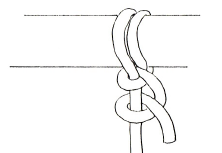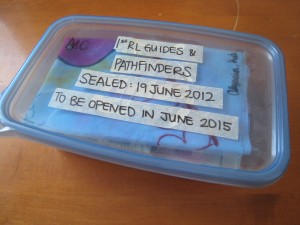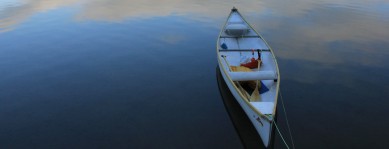What does it mean to you to be a girl or a woman? How does being a girl in Canada differ from being a girl elsewhere in the world? What rights and responsibilities do we have? What privileges do we have? What challenges do we face?
October 11 is the International Day of the Girl!
This is an excellent time of the year for your unit to reflect on the questions above, as well as other issues related to girls and women, what it means to be part of an organization run by and supporting women and girls, and the female role models that they can look up to. There are a wealth of resources available to help you plan a meeting around the International Day of the Girl. Below, I’ve listed a few, but if you have other suggestions, please leave your suggestions in the comments!
First, why should we celebrate International Day of the Girl?
The International Day of the Girl lets us acknowledge and spread awareness of the inequalities that persist throughout Canada and the world, and work together to solve these issues. According to the Status of Women Canada, “Girls throughout the world face higher rates of violence, poverty, discrimination. In Canada, girls have higher rates of depression, sexual harassment and dating violence. There is a growing recognition around the world that support for girls and their basic human rights is key for healthy communities. Improving girls’ lives has a ripple effect. What is good for them is good for all of us. This international day promotes equal treatment and opportunities for girls around the world in areas such as law, nutrition, health care, education, training, and freedom from violence and abuse.”
How can your unit get involved? What activities can you do?
- Girl Guides of Canada has excellent resources to help you celebrate the International Day of the Girl, including instant meetings and a crest that girls can earn. Visit their International Day of the Girl website for more information.
- Units or Guiders who follow social media, or want to investigate Internet and social media issues (such as through the Pathfinders Web Surfin’ badge), may want to follow @GirlUp, @Canada_swc, or contribute to #GirlHero, #StrongGirls, #dayofthegirl, or #StrongGirlsStrongWorld
- Show your unit the following video from Plan International to prompt your discussion about issues that girls face in Canada and around the world:
- Share the story of Nobel Peace Prize Laureate Malala Yousafzai with your girls, either through video or her book. Girl Up and the United Nations Foundations has an excellent toolkit and discussion guide that can be used to help guide your unit.
- Have everyone in your unit take the pledge to support girls’ rights. For every pledge made in 2015, Sears Canada will donate $1 to Plan’s Because I Am A Girl campaign to help improve the lives of girls around the world. First name and city are all that’s needed to make a difference!
- For Guides:
- Have your unit brainstorm female role models that they have. Take time to celebrate these heroes by having your girls draw a picture of their role models, or describe them with a description, word map or poem. Share your artistic creations with the unit, including why the girls chose the role models that they did and why they consider these women role models, and then have the girls give their work to the role model they are celebrating. (You & Others – Learn About Leadership in a Group #4)
- For Pathfinders:
- The What’s Up Around the World badge #6,7,8 prompts girls to learn about the Rights of the Child, WAGGGS’s Our Rights, Our Reponsibilities initiative, and internationally recognized days, such as the International Day of the Girl and others.
- You could use this opportunity to explore some of the “Girl Stuff” challenges in the Pathfinder program, for example:
- For the Media and Image badge (#1,2,5,6,7,8), discuss body image and how women are portrayed in the media (including in girls’ favourite TV shows and movies), investigate changing attitudes regarding beauty and fashion throughout history, create a body image campaign or a body image magazine for youth, etc. Dove’s Self Esteem Project also has resources for Youth Leaders and Mentors that I have used to prompt discussions and support International Day of the Girl activities
- You could tie this theme in with learning about what it means to be a Canadian citizen (e.g. Be A Model Citizen badge), particularly if you focus on the rights, responsibilities and privileges of Canadian girls and women compared with girls and women around the world.
Additional resources:
- United Nations website for the International Day of the Girl – includes background information regarding the UN Resolution to create the International Day of the Girl, a message from the Secretary General, and links to additional resources
- Plan International has a website devoted to the International Day of the Girl – includes resources about why we should focus on girls, and what action Plan International and the United Nations are taking to raise awareness of issues girls are facing worldwide
- Status of Women Canada’s International Day of the Girl website – includes stories of women making a difference, links to initiatives, an educators’ toolkit full of resources, statistics about girls and women around the world, etc.
- You also may be able to use some of the resources and activities described in OnTopOfItGuider’s International Women’s Day post














